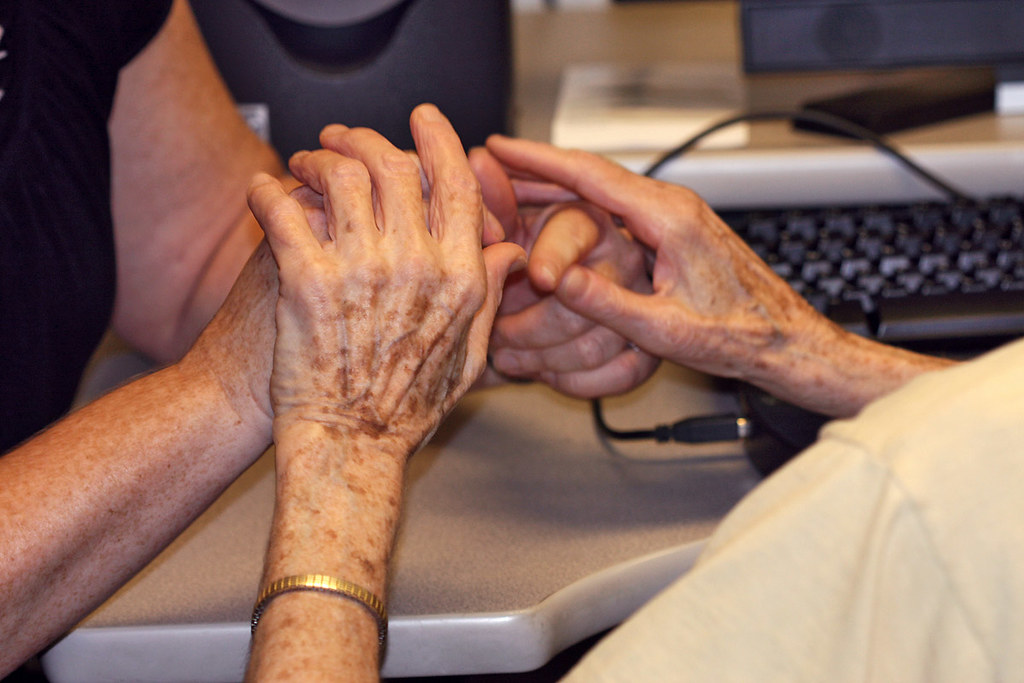Deafblind Service Center – Seattle DBSC
Why is the group that you chose to research important?
The Deafblind Service Center empowers deafblind people to gain independence by teaching them skills and providing resources that assist their ability to communicate and get around. Deafblindness is often not given a lot of awareness because of its rarity, and deafblind people have to work through many challenges to function well in a society that doesn’t provide a lot of accessibility for people with both vision and hearing loss. This organization was created because the needs of deafblind people were not being served by any other groups in the area, and they provide resources to improve the communication of deafblind people.
Brief history of the educational organization that you have researched along with the purpose of the organization?
The creation of DBSC came from a need that many people saw was not being served for the deafblind community. There was not enough access to programs to assist deafblind people, and according to DBSC, “The members and friends of the Task Force on Deaf-Blindness, the Washington State Deaf-Blind Citizens (WSDBC), agency representatives from the Department of Services for the Blind (DSB), the Division of Vocational Rehabilitation (DVR), and the Division of Developmental Disabilities (DDD) recognized that the unique needs of deaf-blind people were not being met by any one existing agency or service.” This is why they created a service center which could provide more specialized resources that could improve the lives of deafblind people.
Whom do they serve?
DBSC serves the deafblind community and advocates for their best interests.
Programs offered?
DBSC offers the DeafBlind Interpreter Referral Service, the SSP Program, the CF program, and the NDBEDP.
The interpreter service provides access to interpreters who are skilled in PTASL or ProTactile ASL, and tactile communication.
The SSP program works with deafblind people to provide them a Support Service Provider who is a trained sighted person who can help guide and provide visual information for them.
The CF program assists deafblind people with accessing touch screens and making calls by providing a Communication Facilitator who is a sighted person that uses tactile sign language to assist them.
The National Deaf-Blind Equipment Distribution Program (NDBEDP) works with the FCC to provide low-income deafblind people with the equipment they need to help them access information.
What could they do better?
This organization could do a better job of providing job applications and volunteer applications for people interested in helping this nonprofit. Many of the volunteer positions require getting in touch with a program coordinator, but this doesn’t seem like a very efficient way to get to know if volunteers have the skills necessary and attract them to the programs. The addition of online forms that provide more information about how to work towards attaining the skills to join this nonprofit and collect information about those interested would greatly improve the effectiveness of their outreach and impact.
Was information about the organization accessible? Red flags?
The information provided by this organization’s website was accessible, but the design of their website is very outdated. The website could use some improvement with its User Interface which could make their information more accessible at a glance and for people who might struggle to navigate the website.
What other organizations are doing similar work?
The Hearing, Speech & Deaf Center which serves the Puget Sound area works in a similar field. The main difference is that DBSC is more specialized in helping the dual sensory loss found in deafblind people, and they offer more resources to interpret and teach tactile and other forms of communication that work best for deafblind people.
Image Credit
“Communication” by cobalt123 is licensed under CC BY-NC-SA 2.0.

